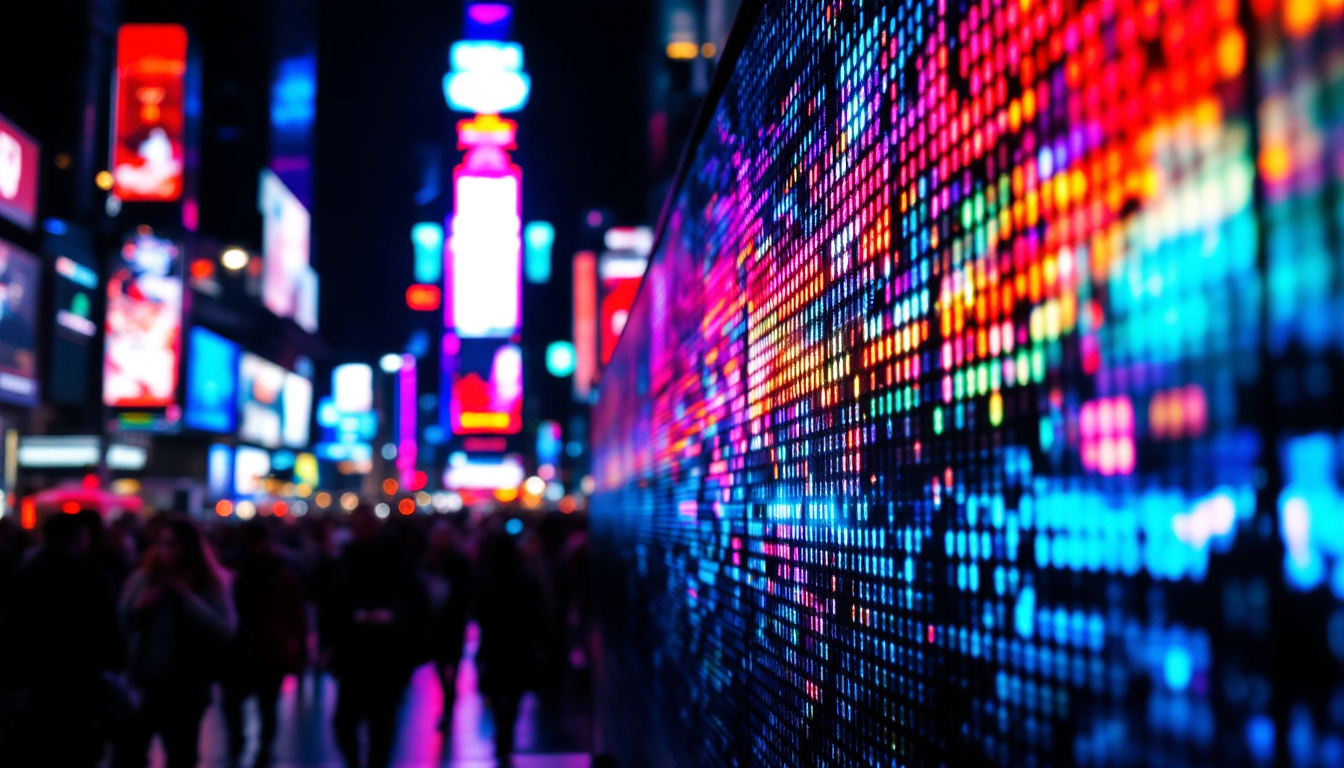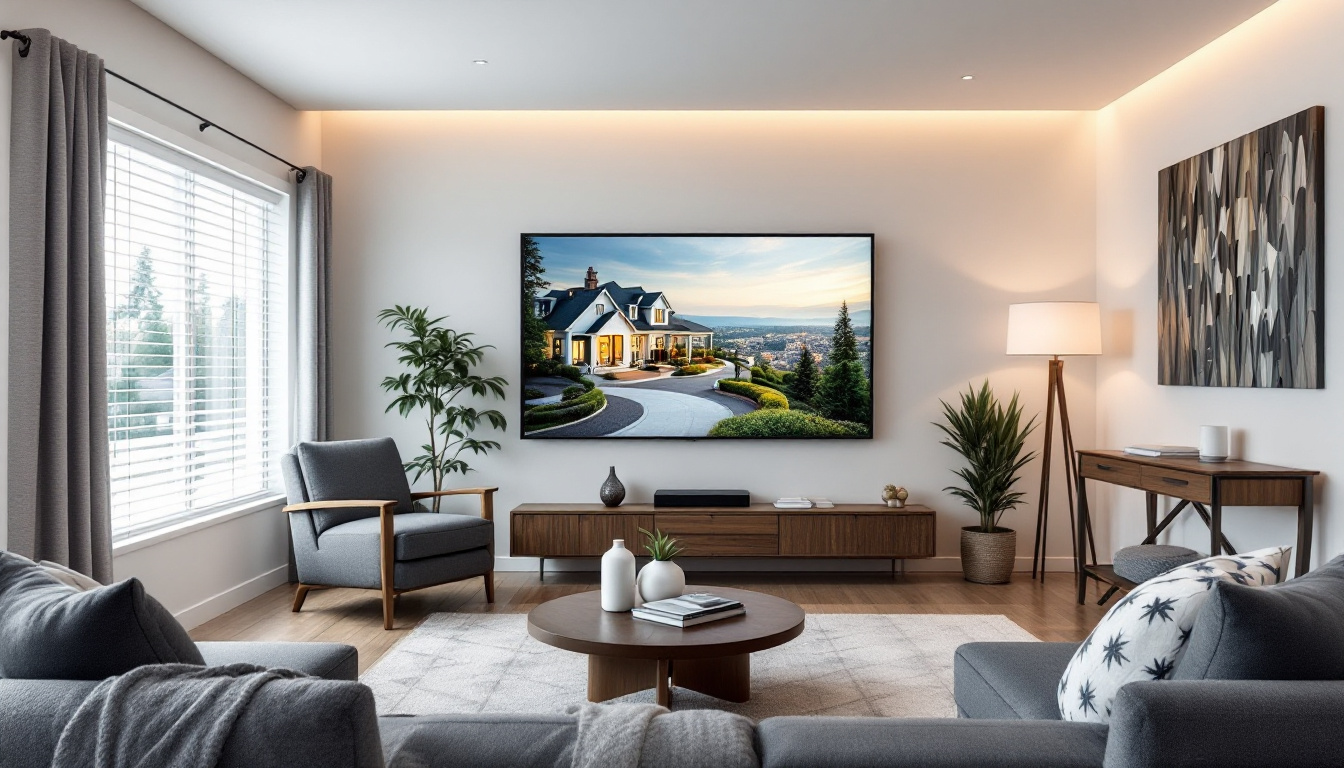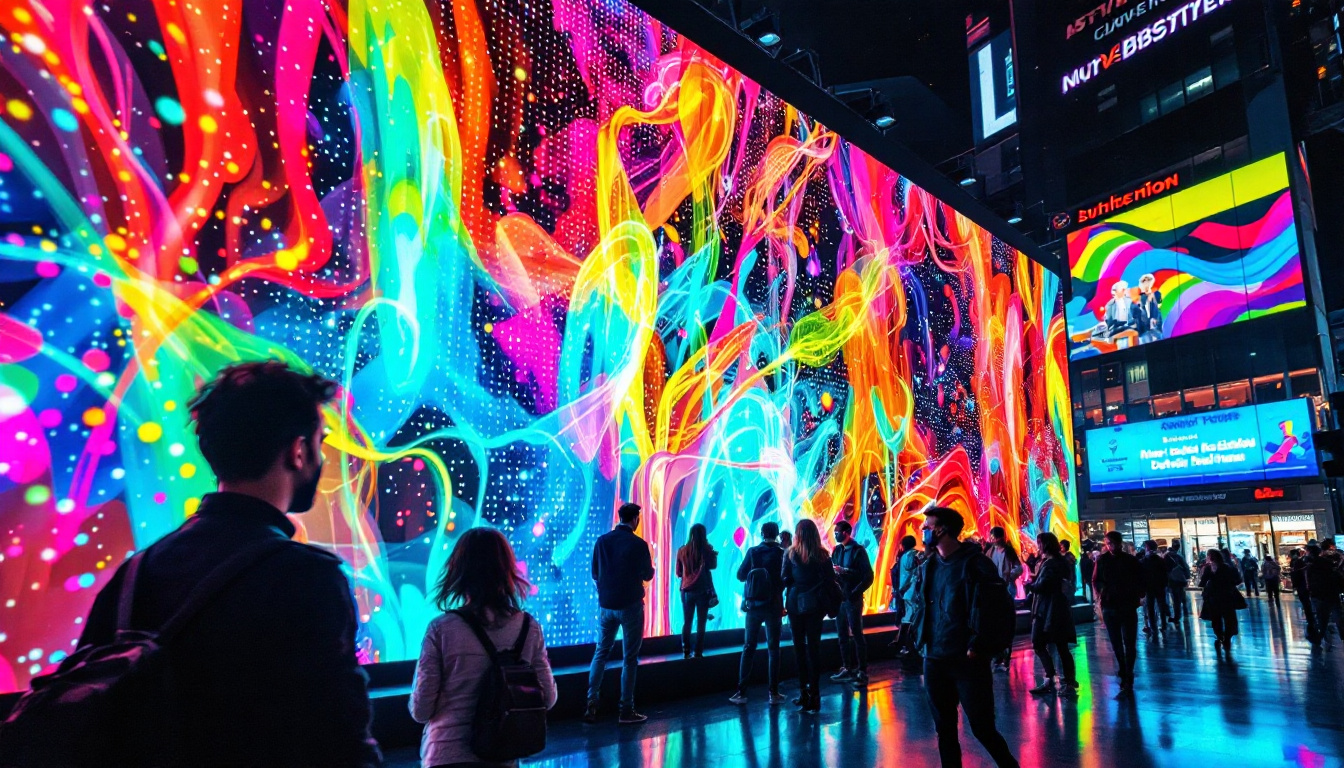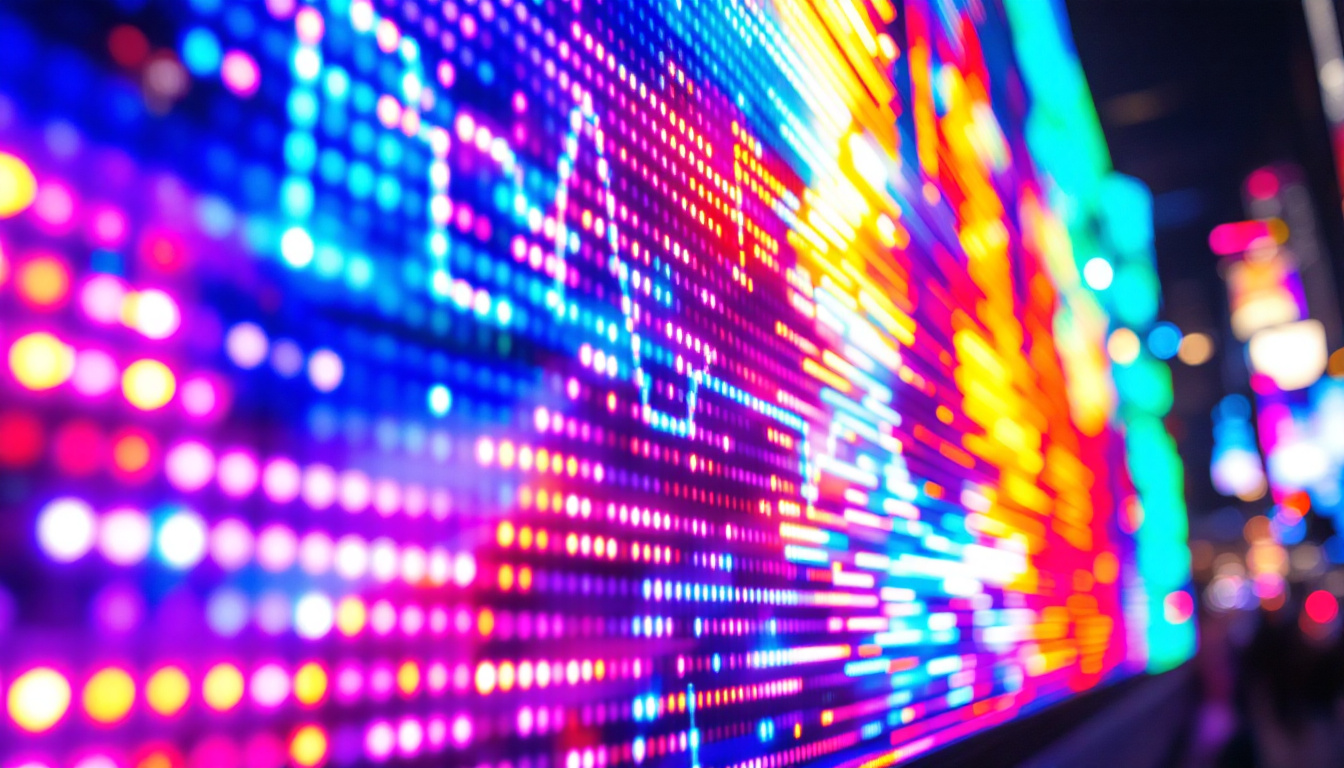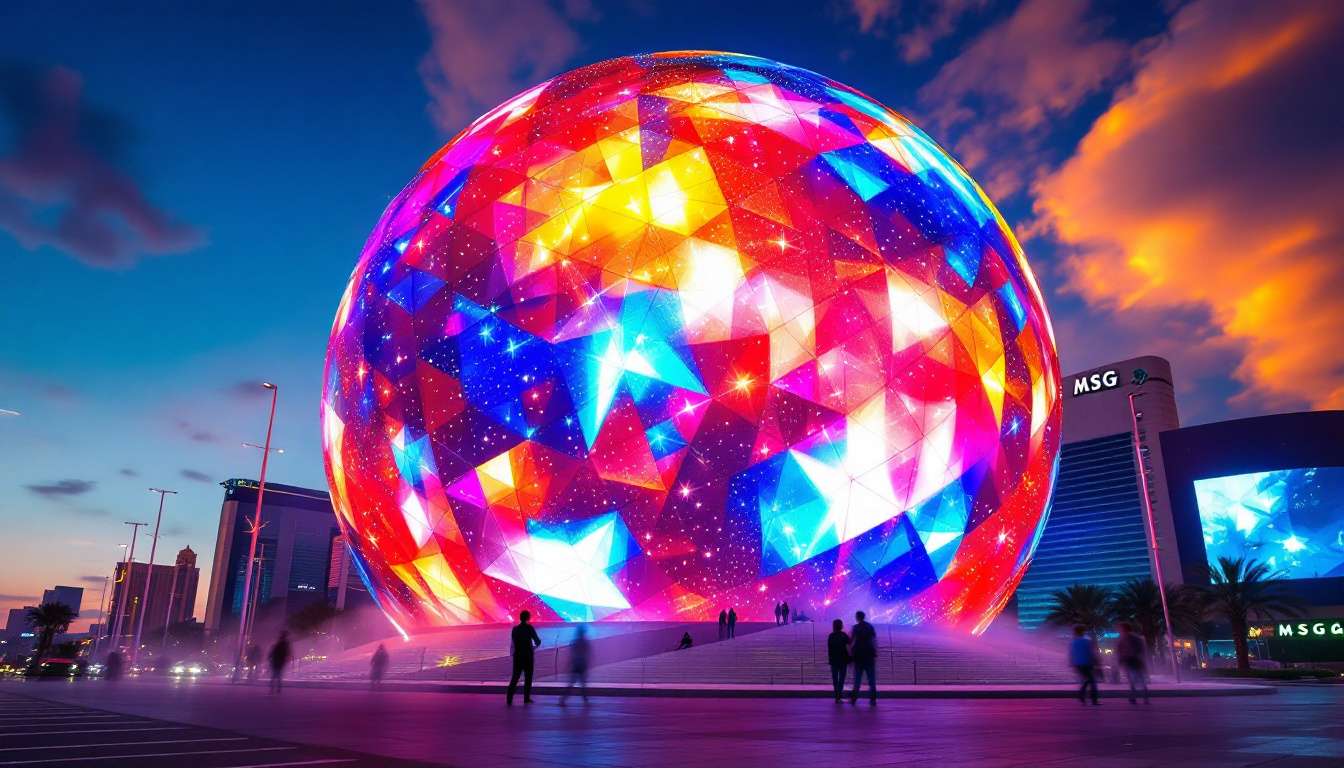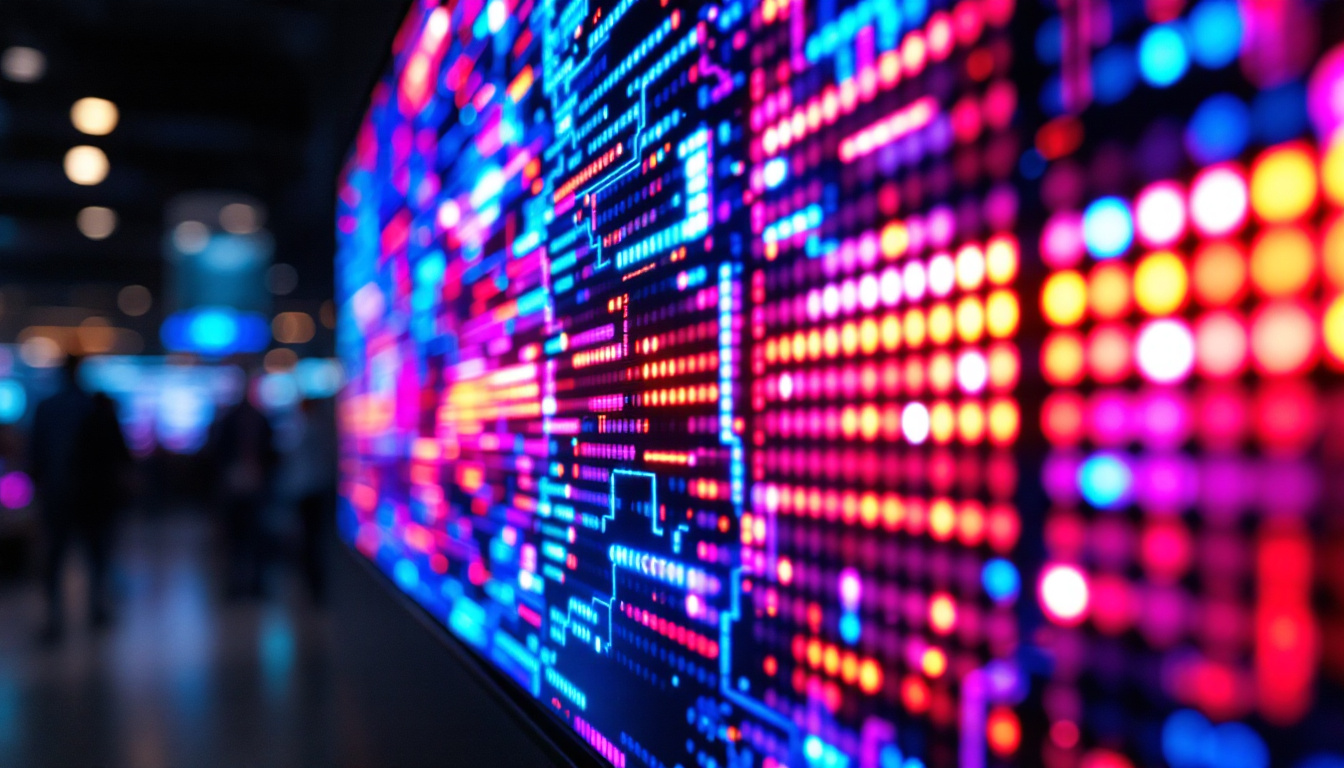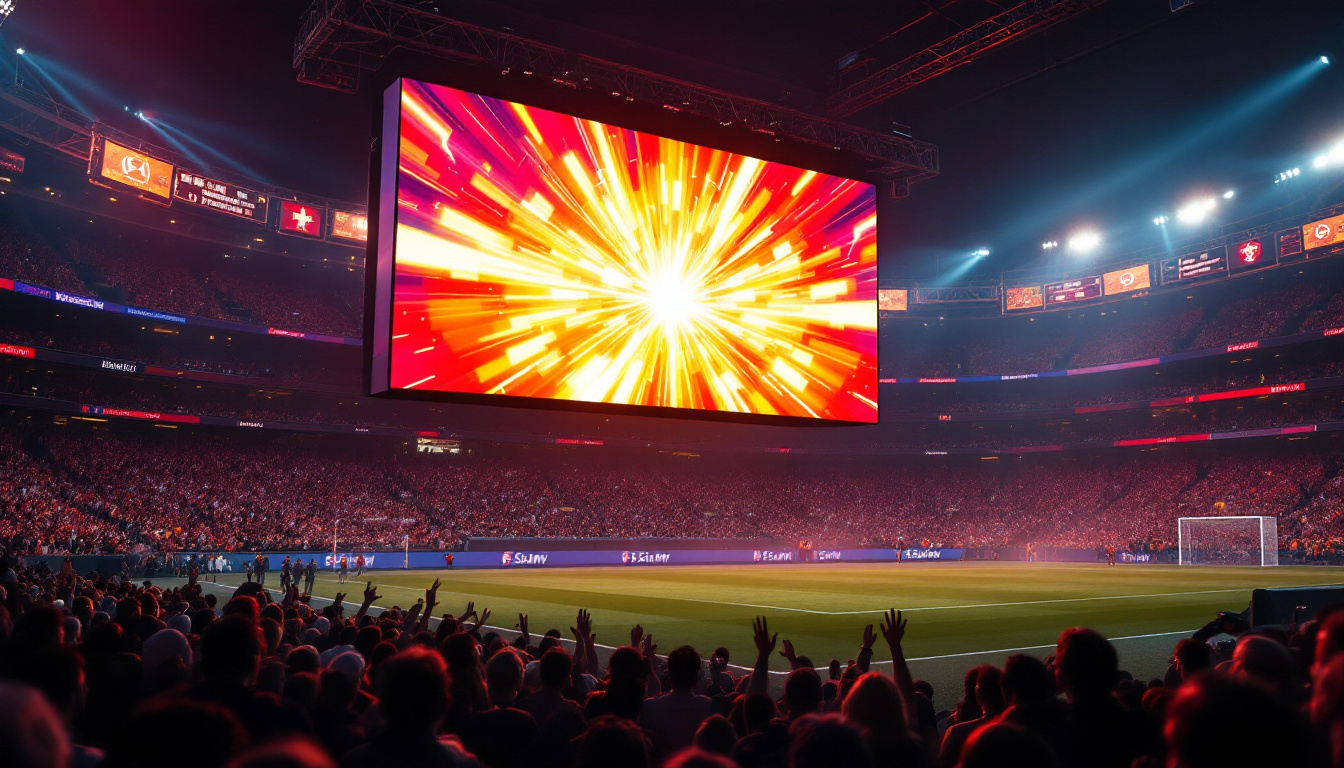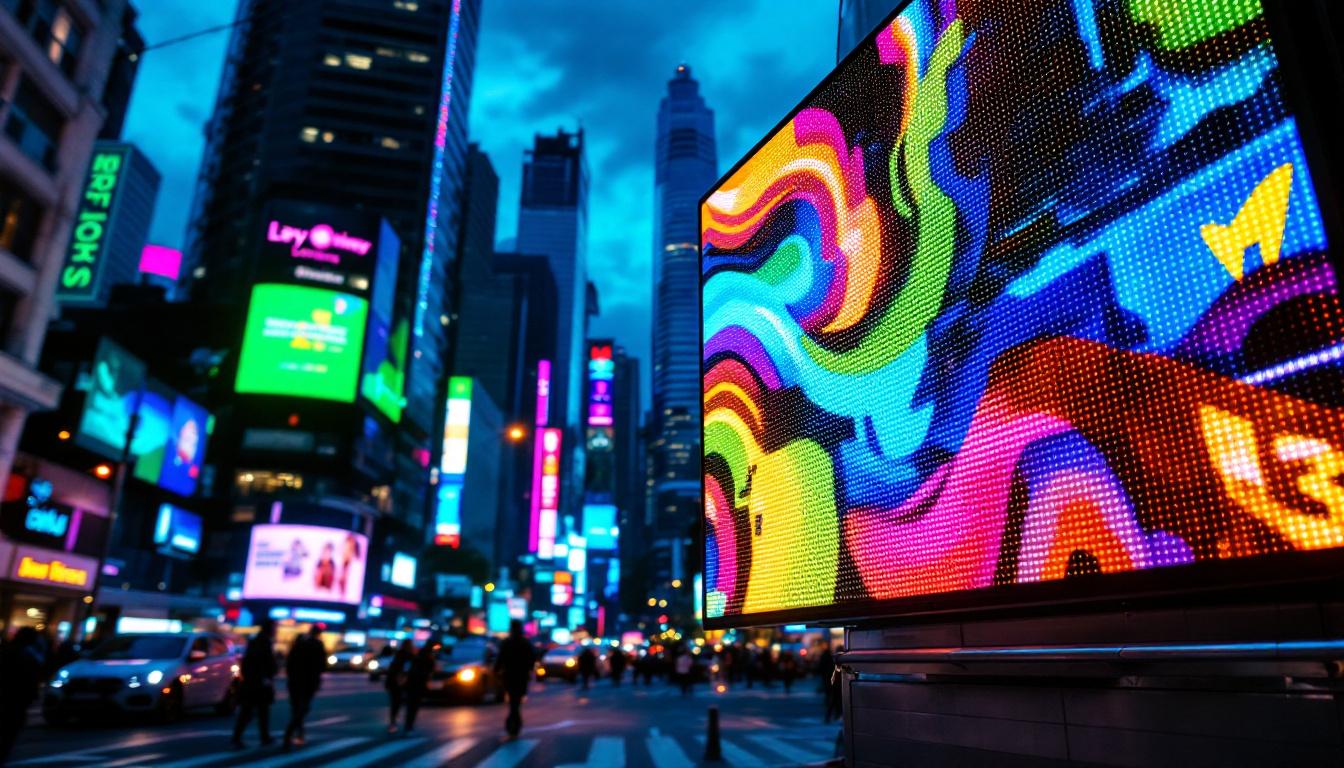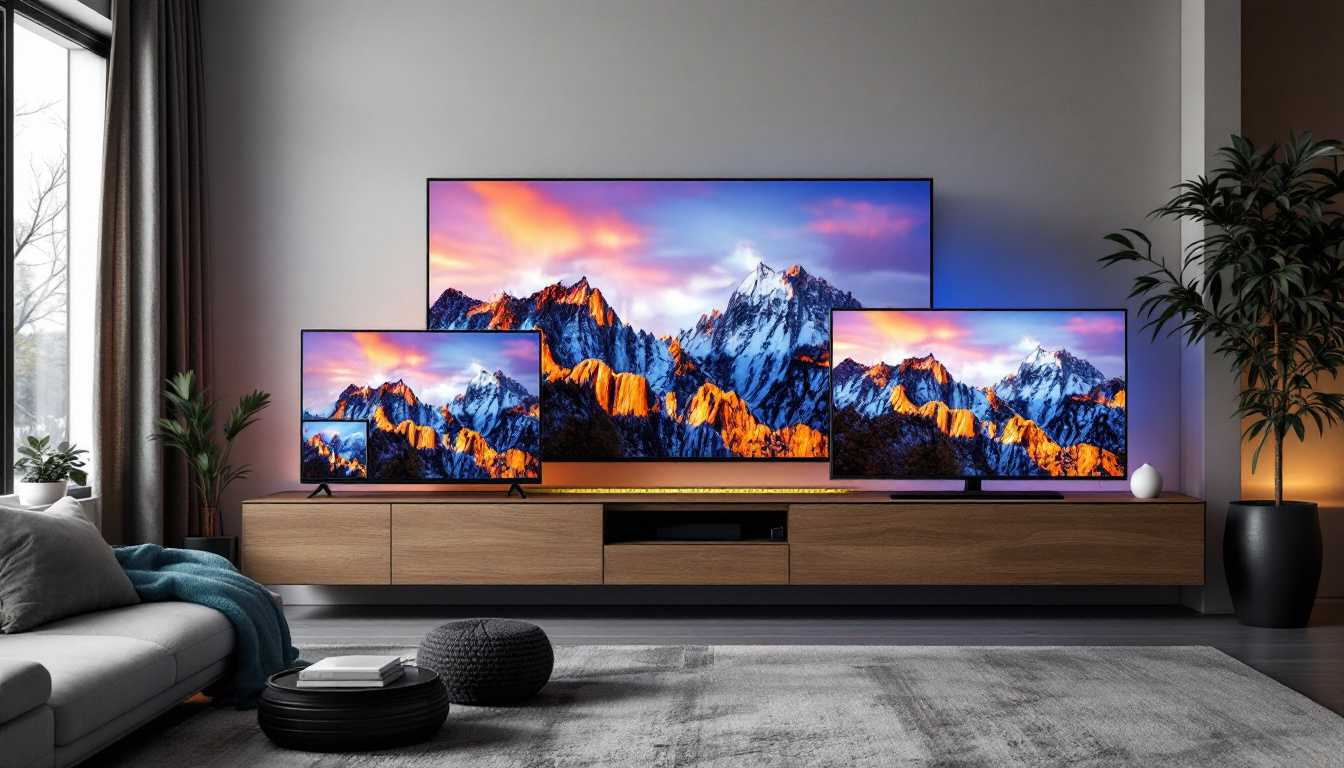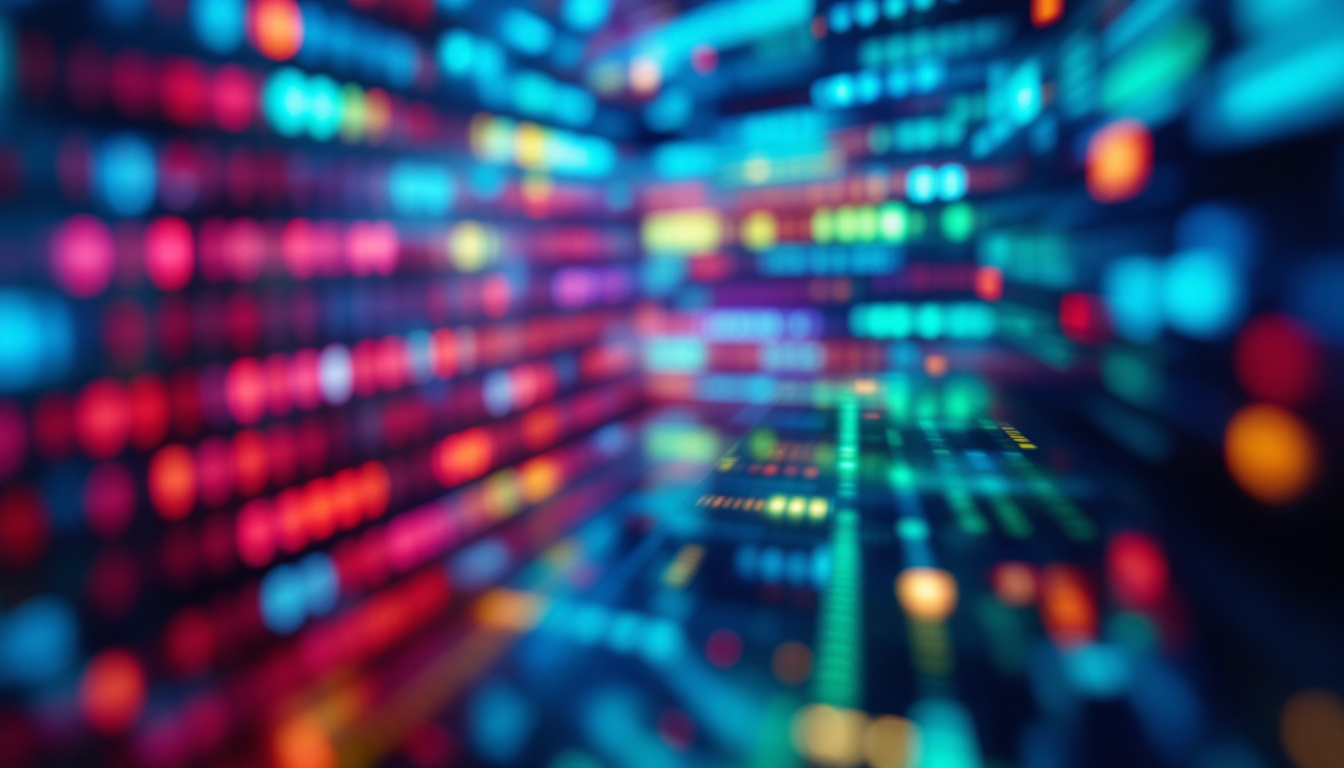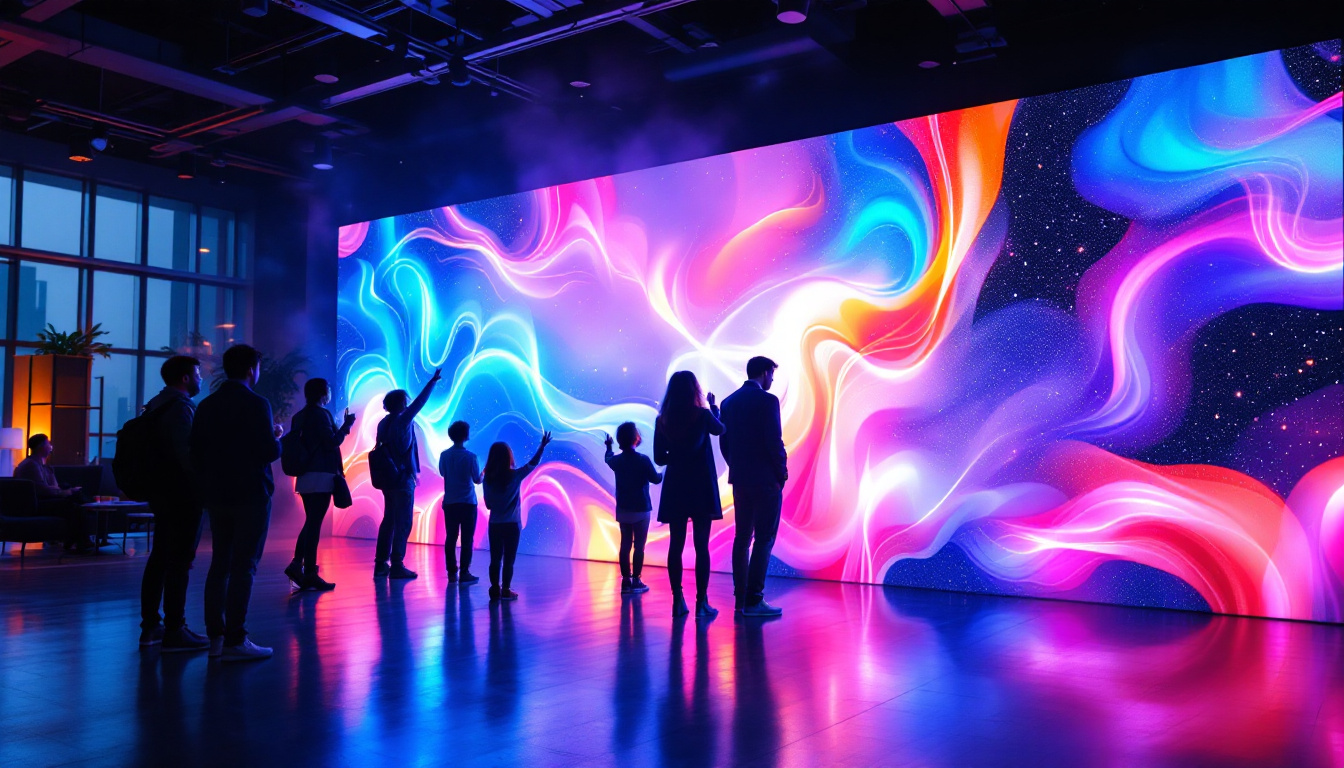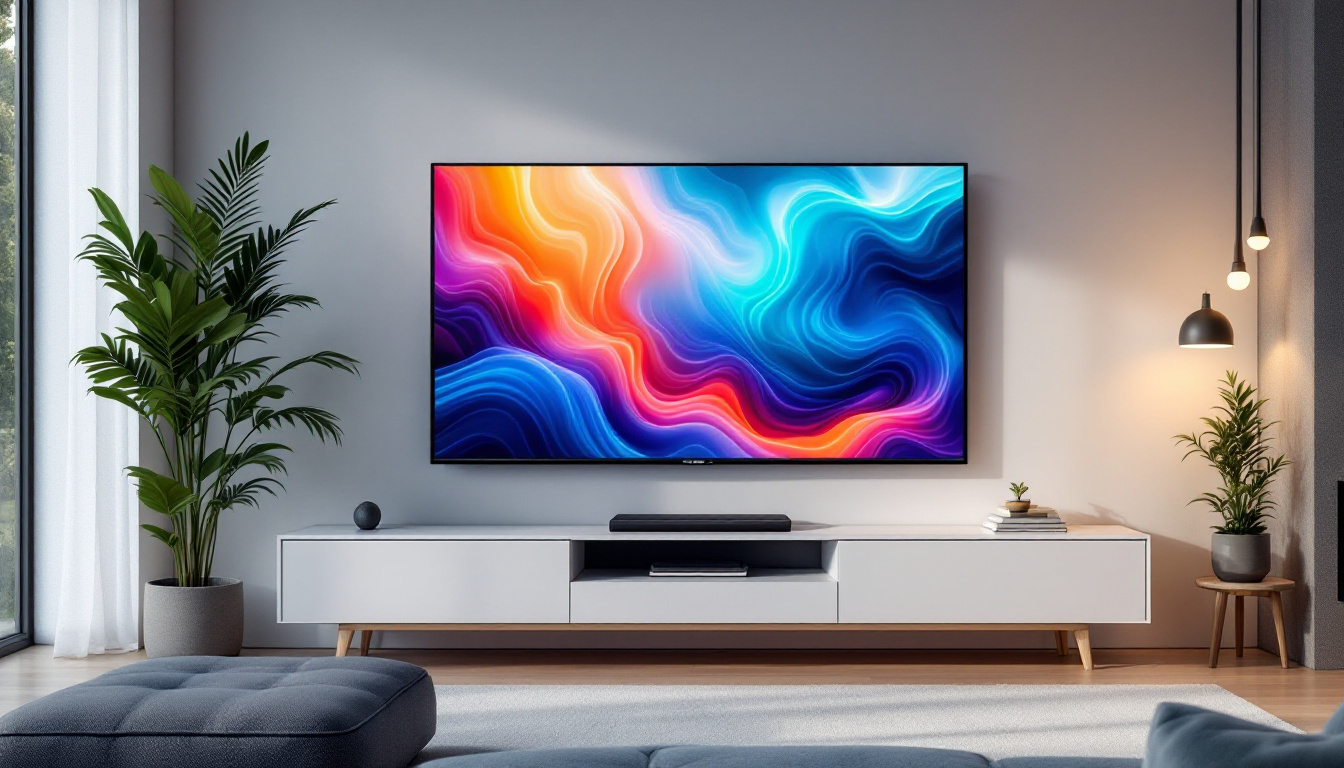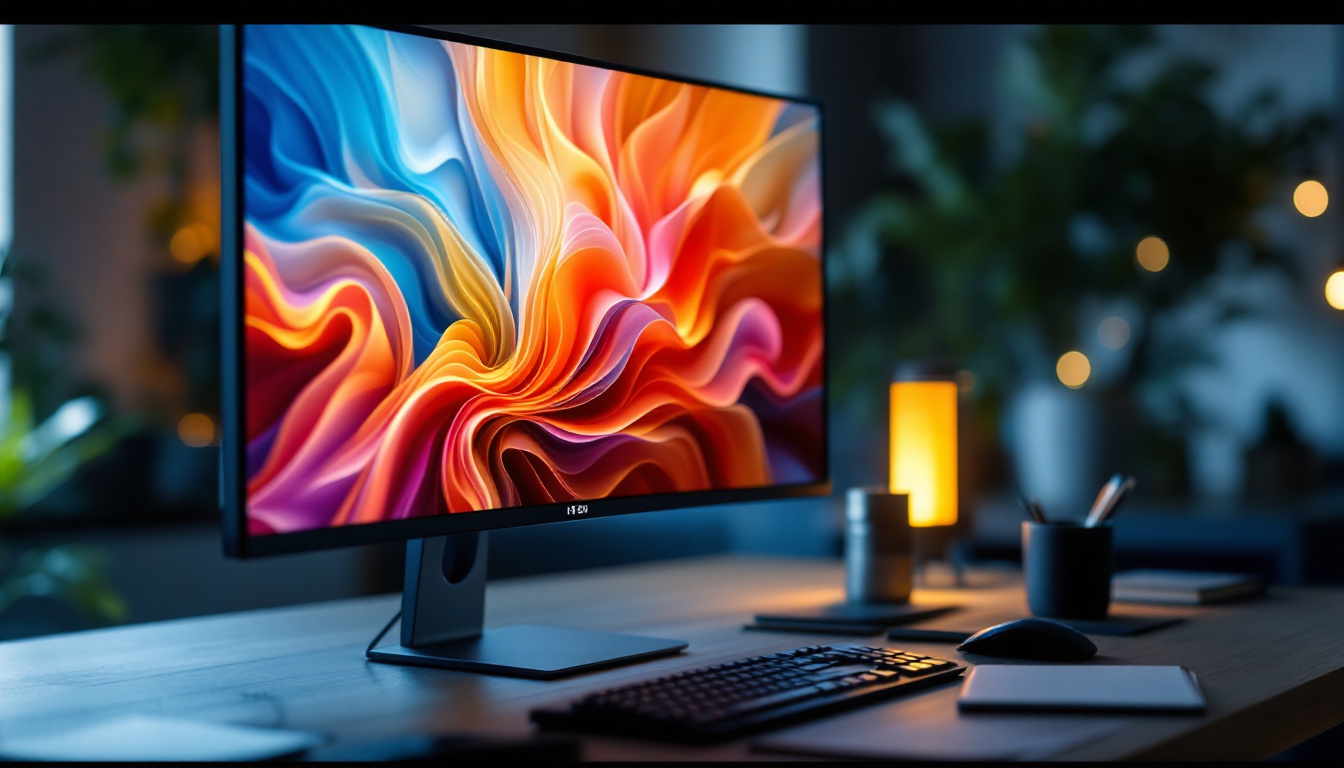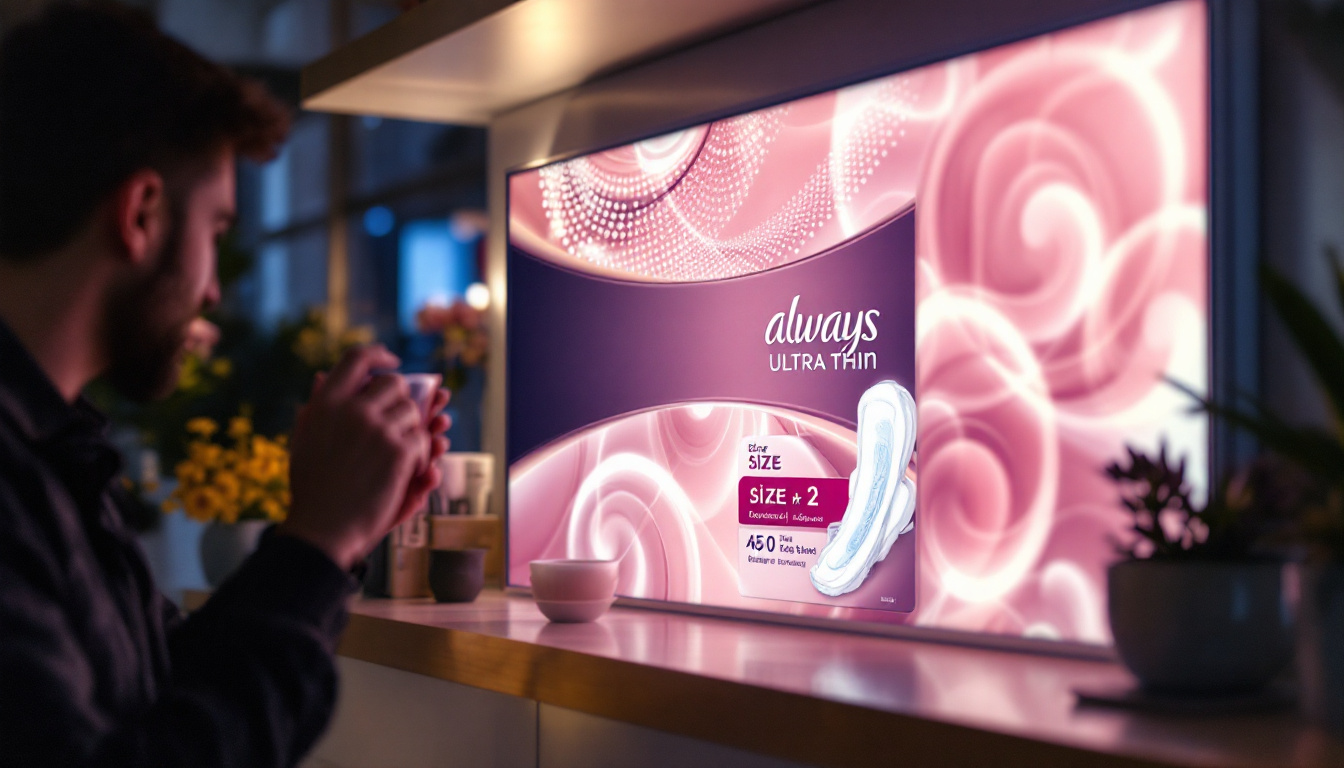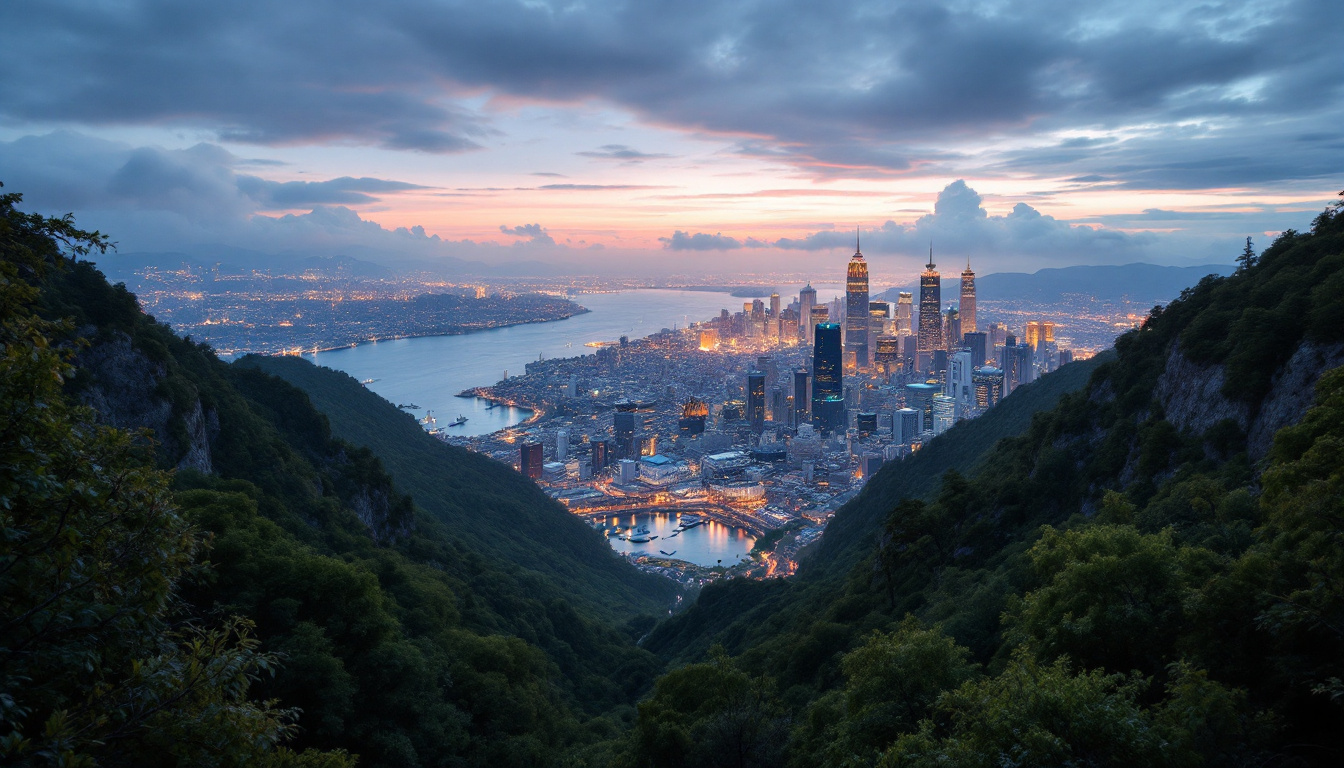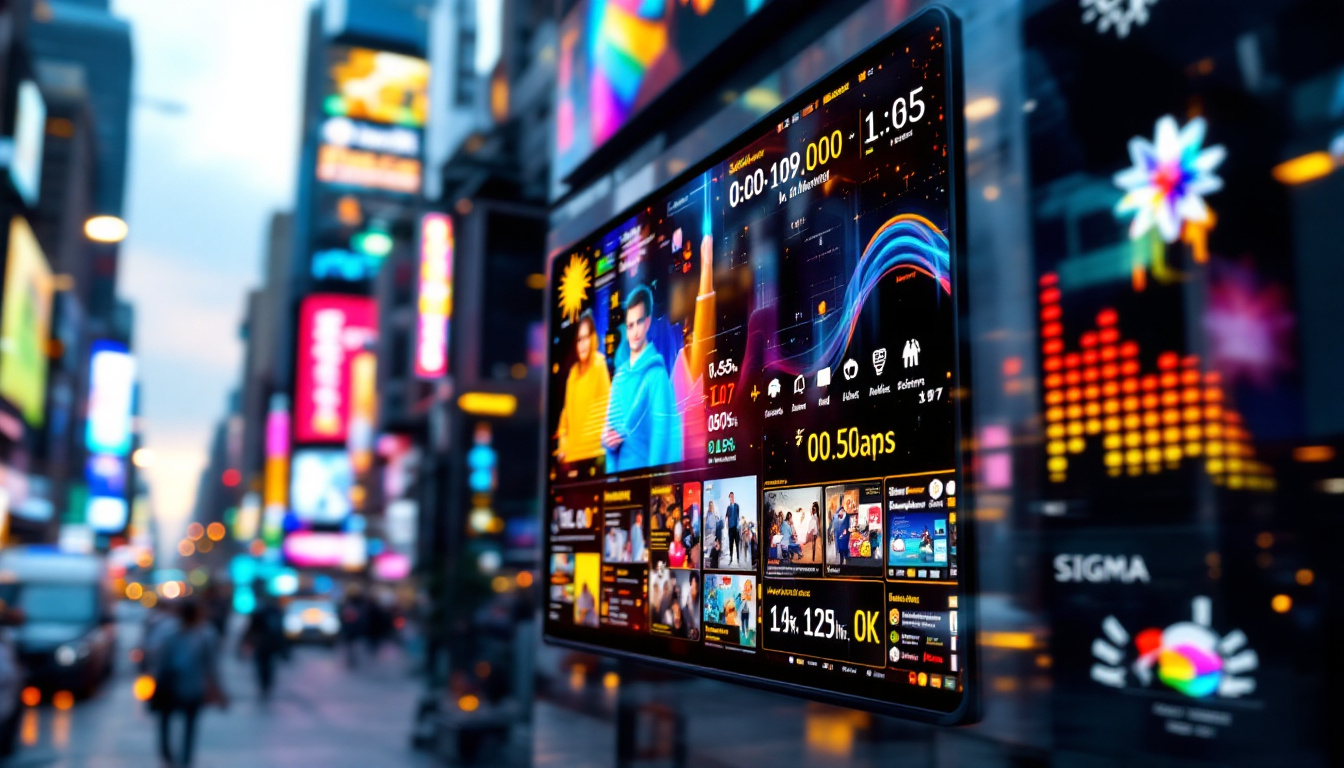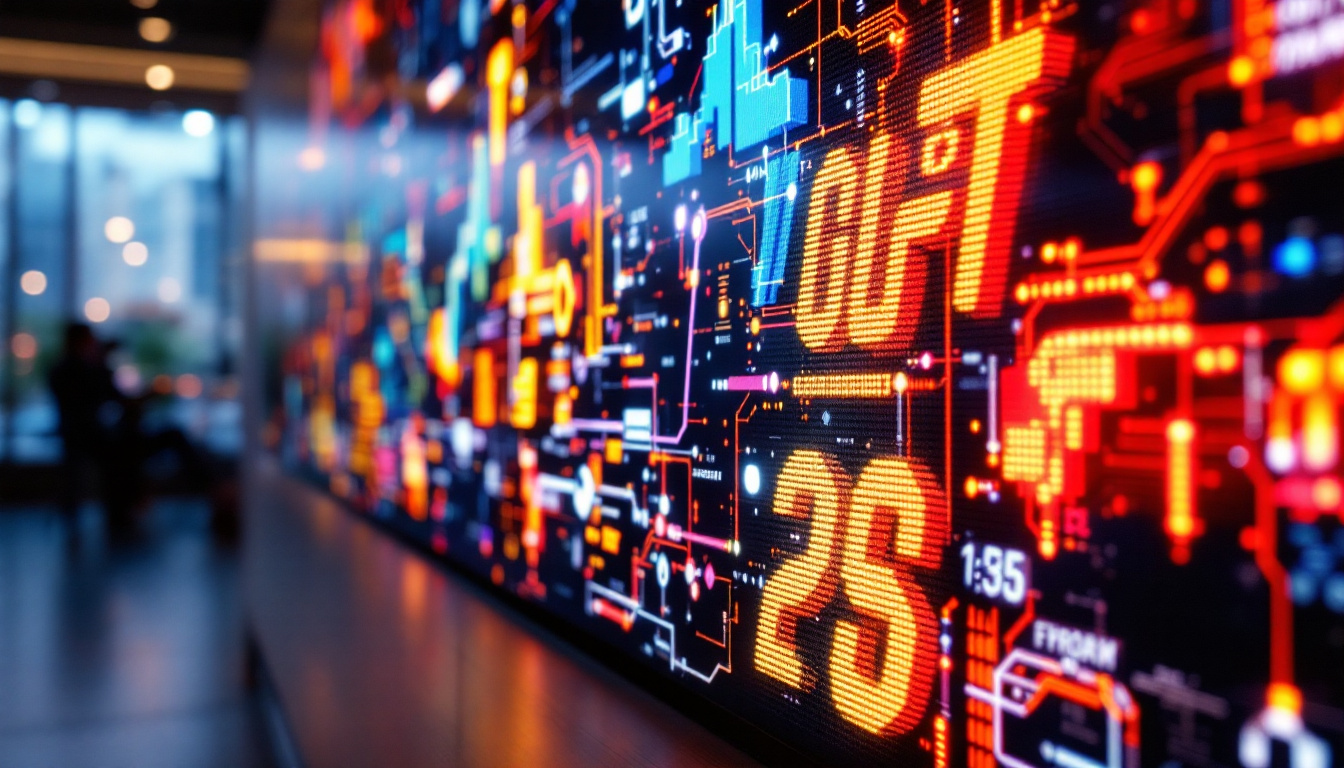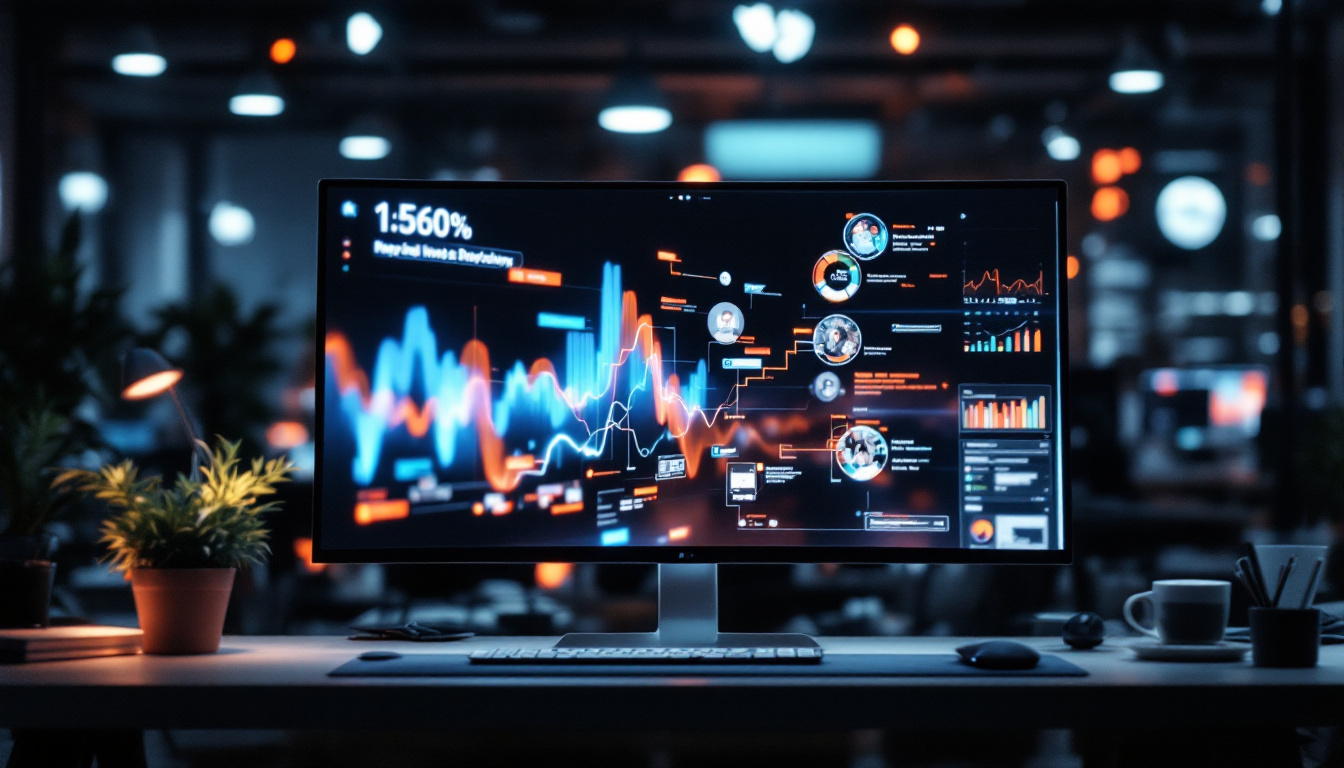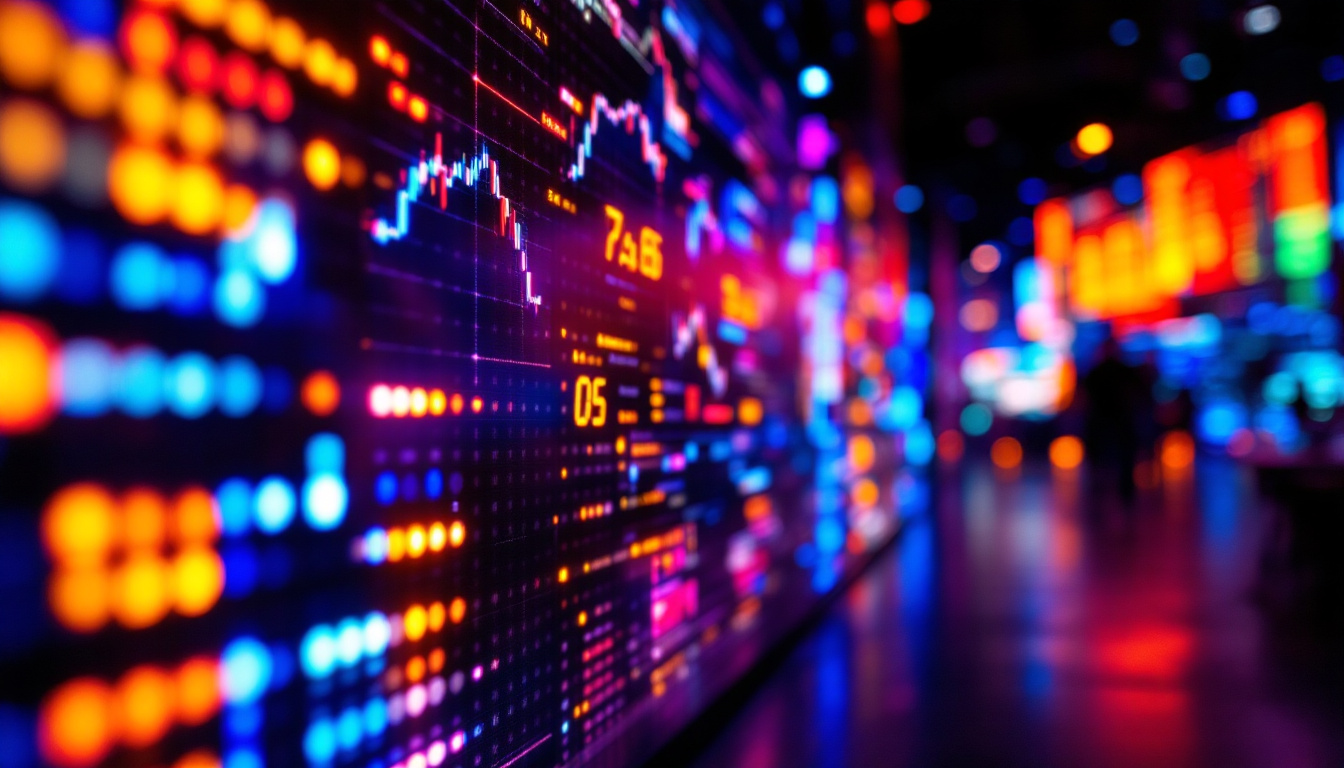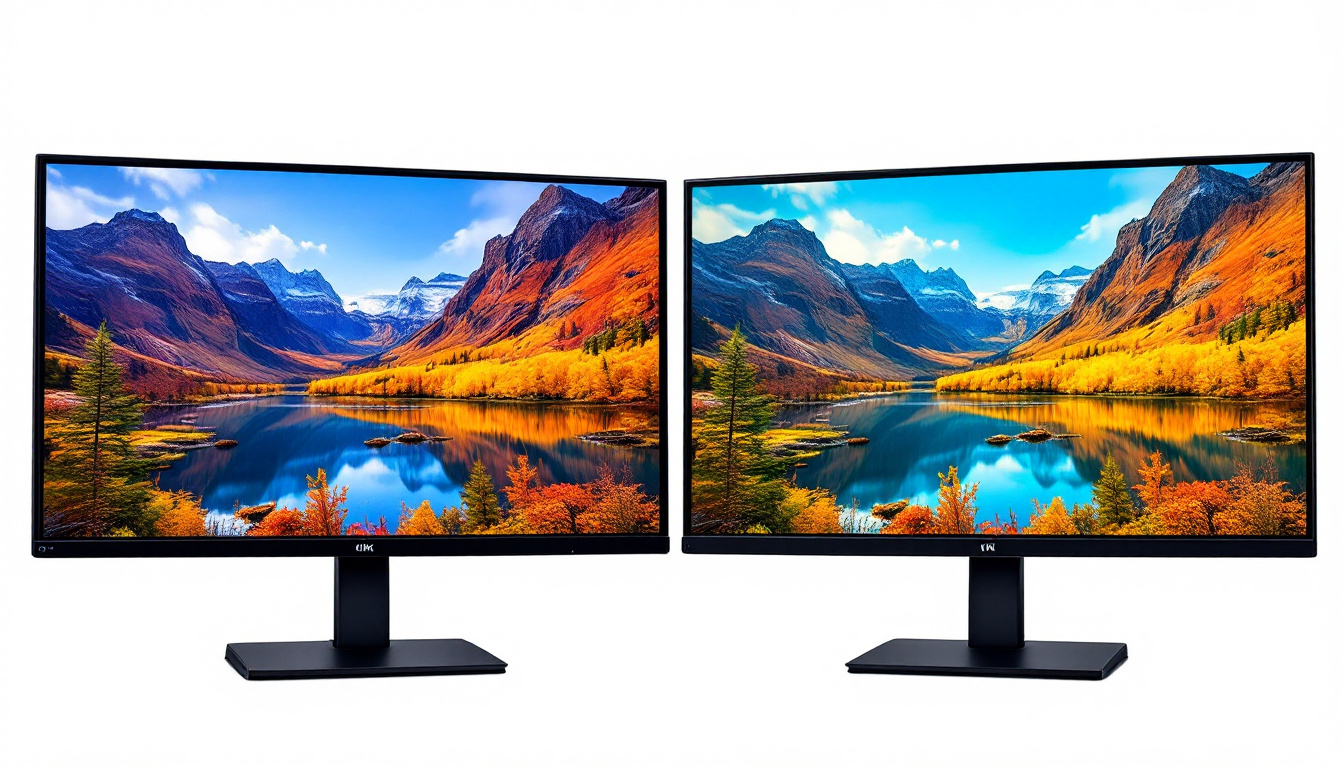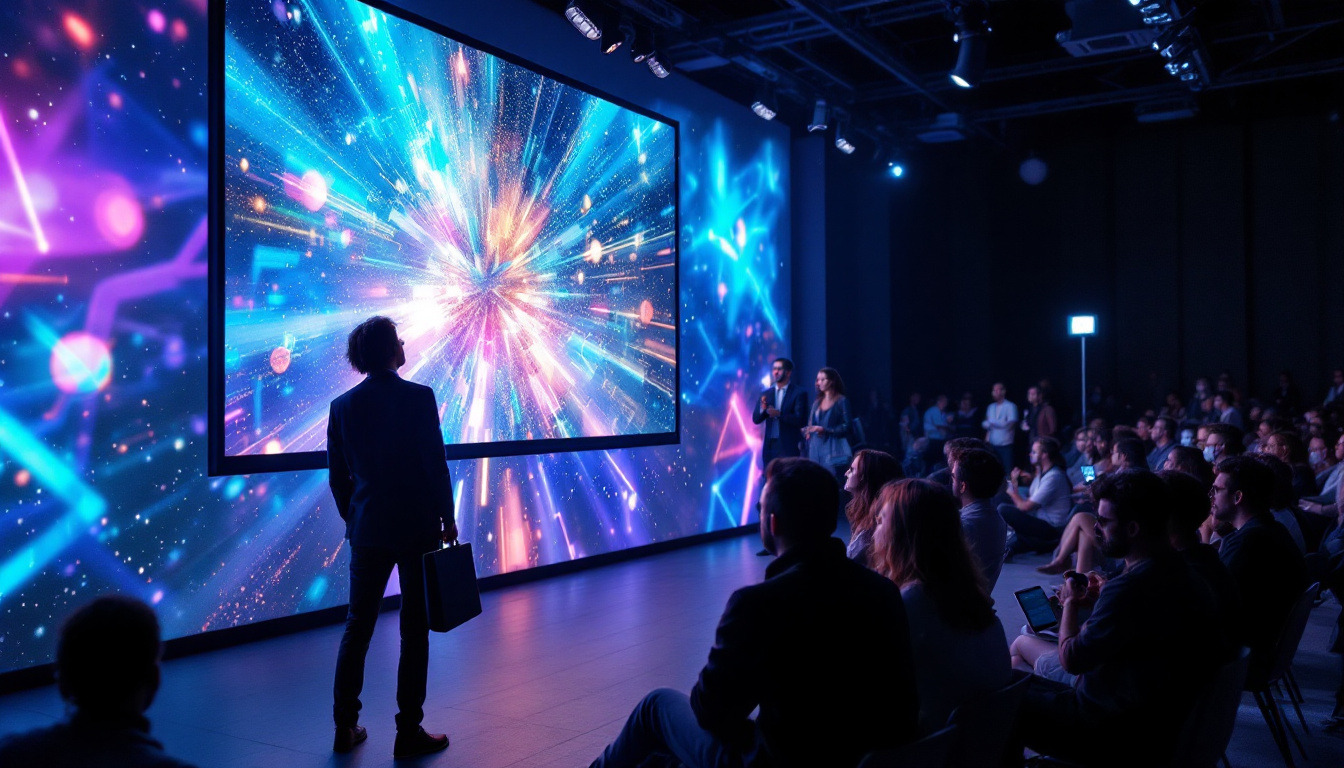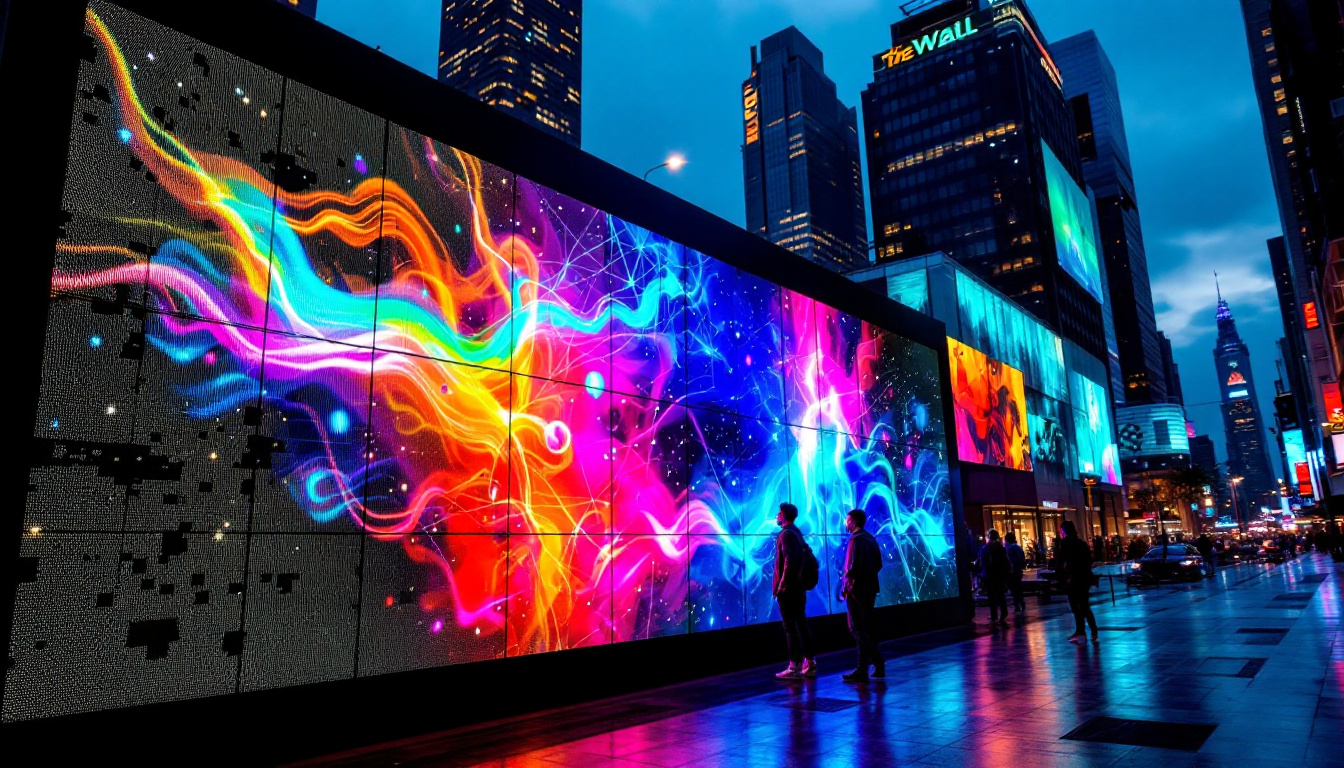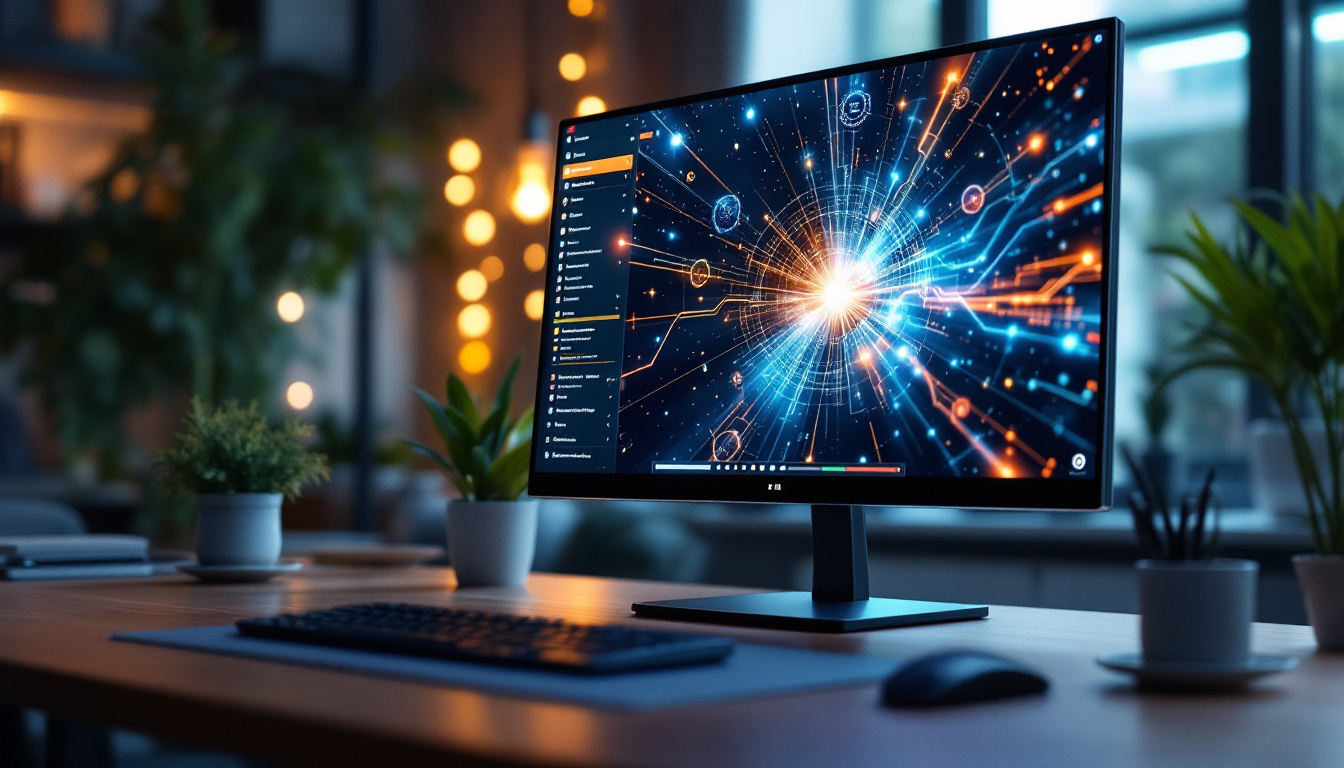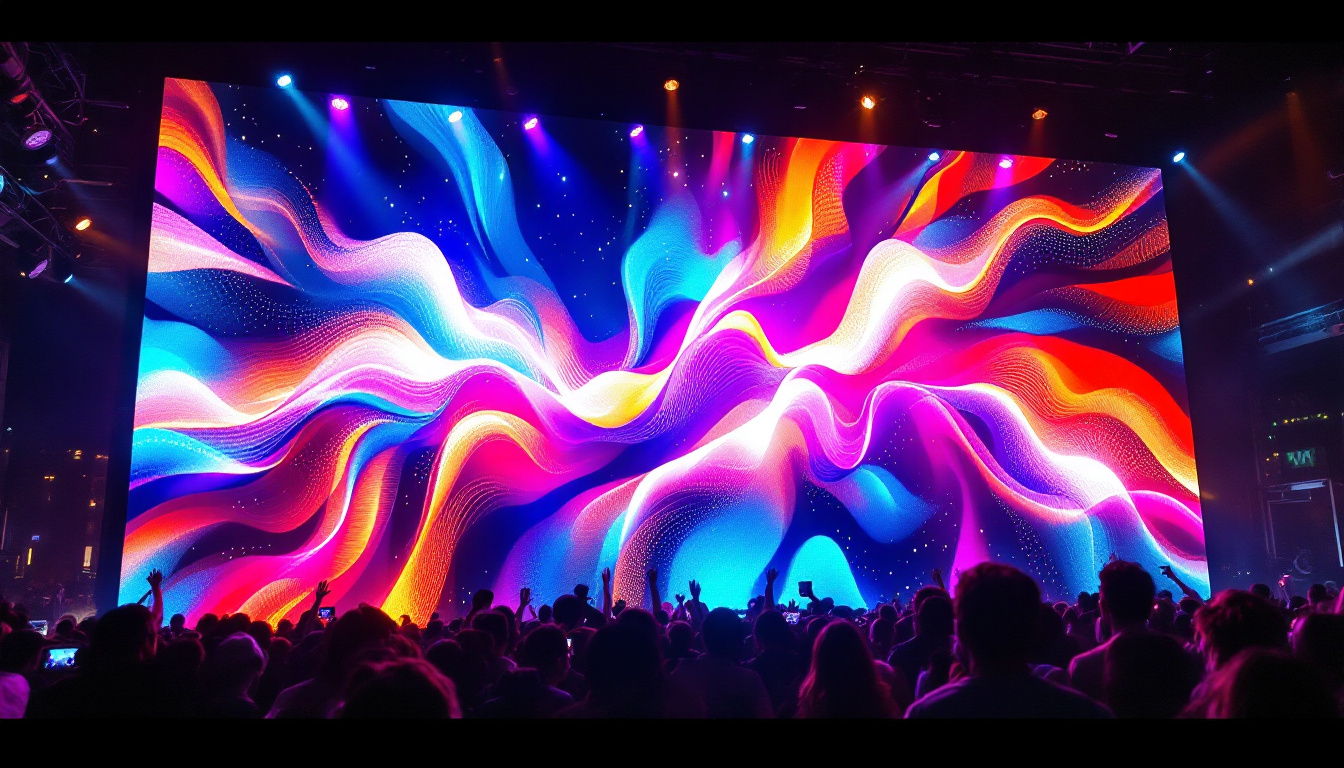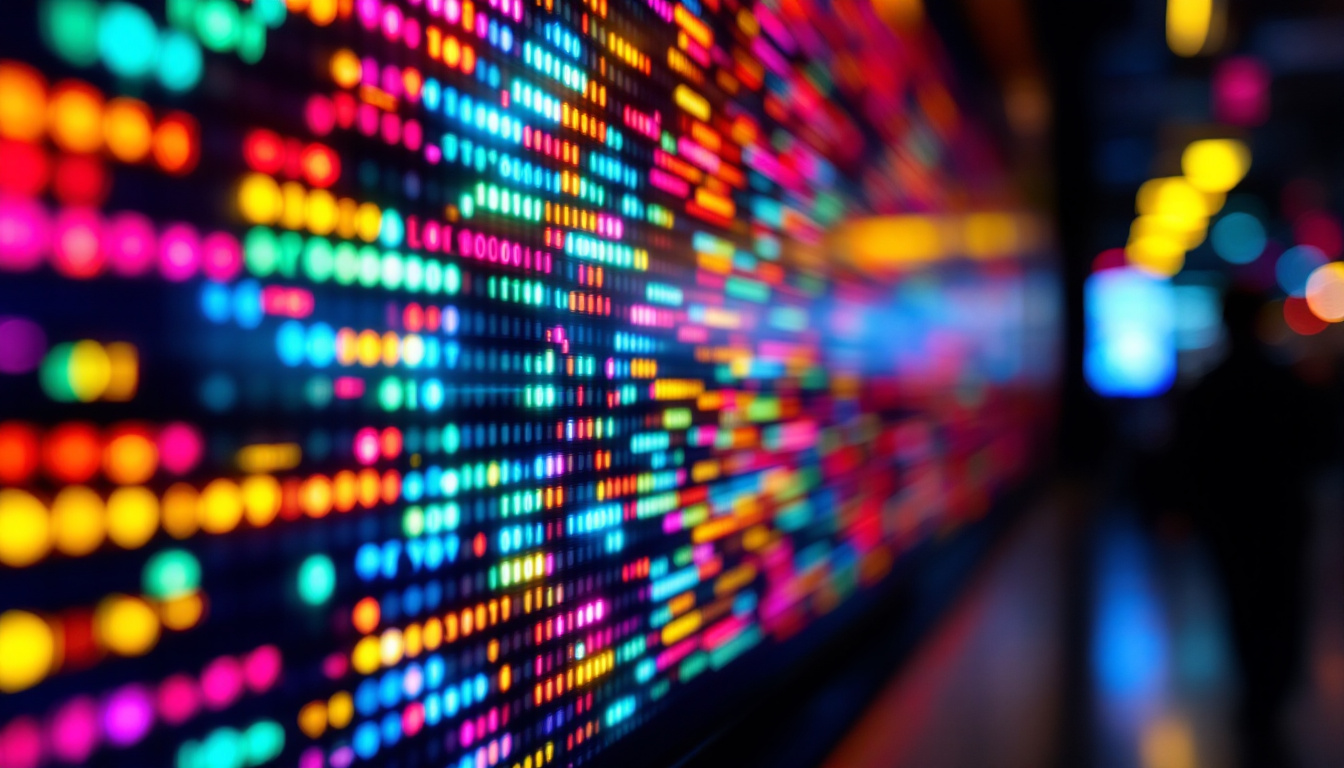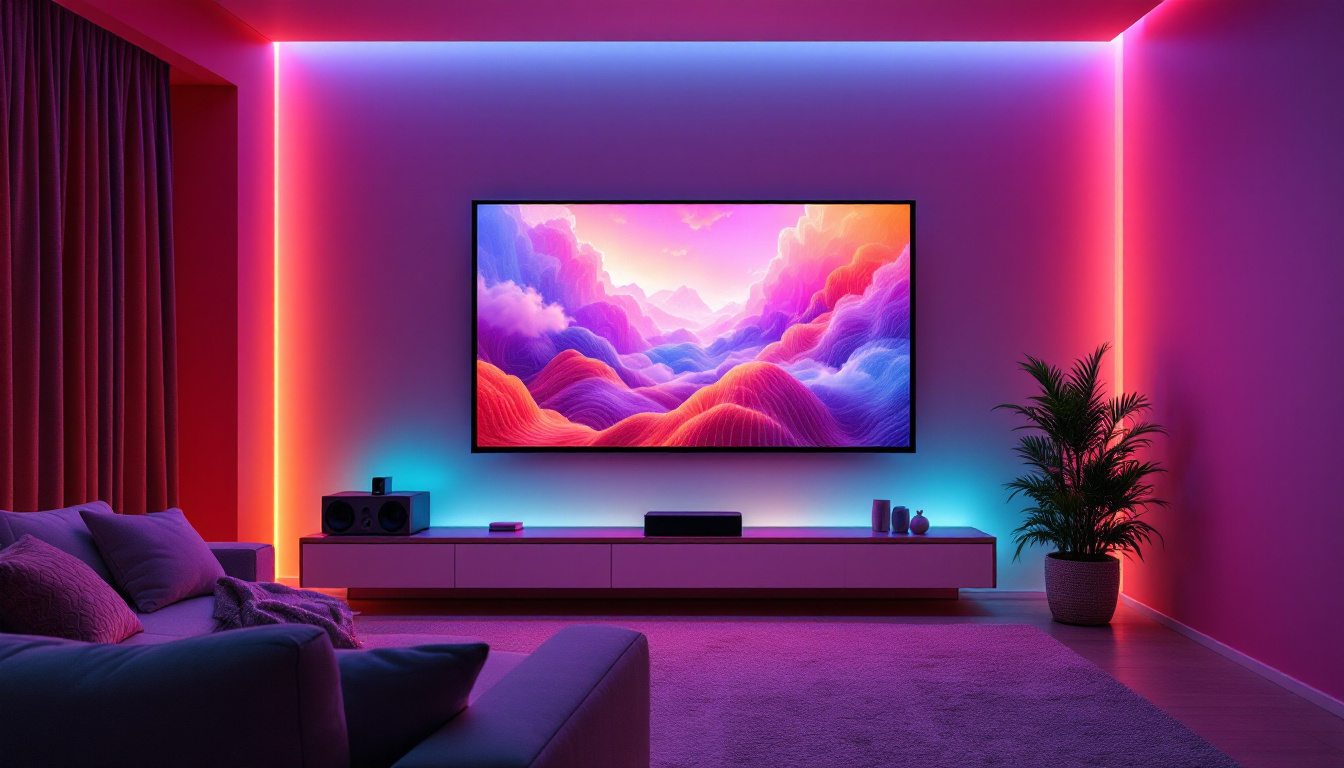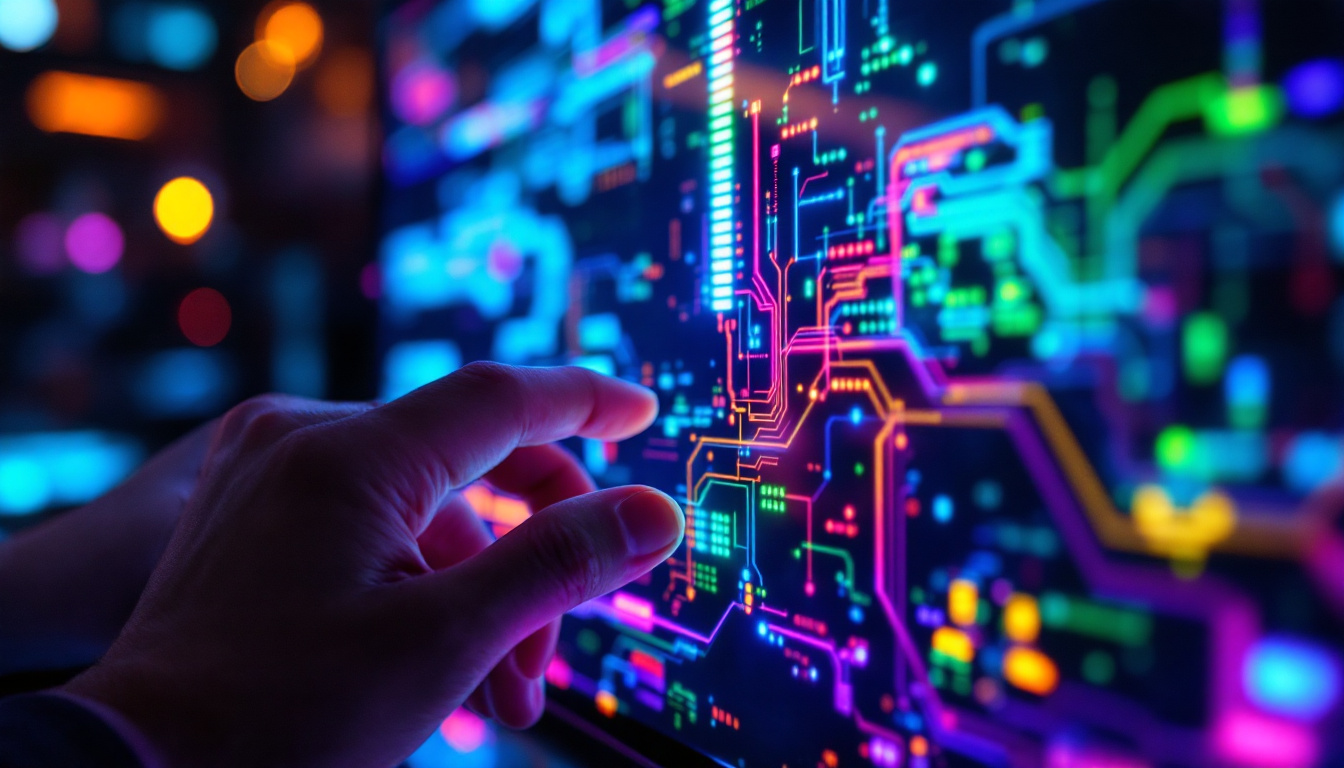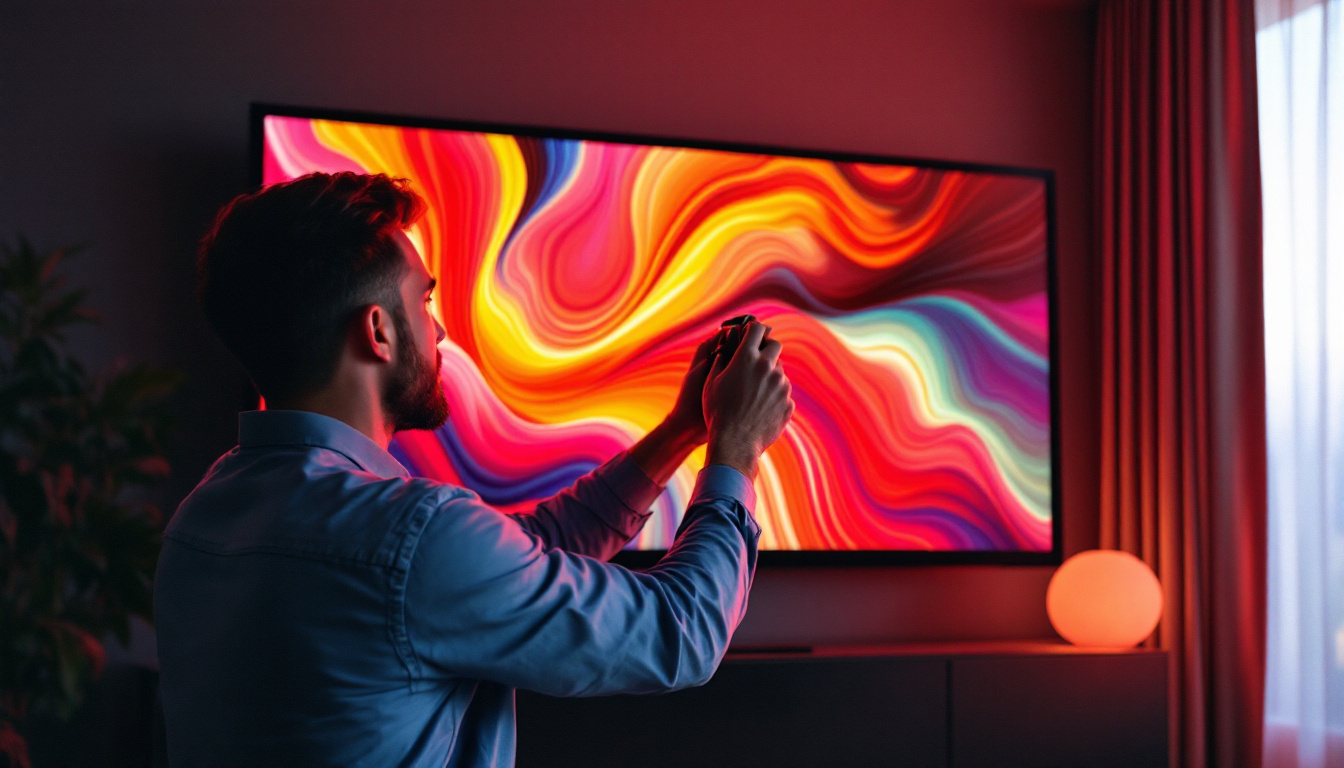In the realm of modern advertising and communication, LED displays have emerged as a powerful medium for on-site video presentations. Their vibrant colors, high resolution, and adaptability make them an ideal choice for businesses looking to engage customers effectively. This article delves into the intricacies of LED displays, exploring their technology, applications, benefits, and future trends.
Understanding LED Display Technology
LED displays, or Light Emitting Diode displays, utilize semiconductor technology to produce light. Unlike traditional display technologies, such as LCD or plasma, LED displays are known for their energy efficiency and superior brightness. This section will explore how they function and the various types available.
How LED Displays Work
The core principle behind LED technology lies in the emission of light from diodes when an electric current passes through them. Each pixel in an LED display consists of red, green, and blue (RGB) diodes that combine to create a spectrum of colors. By adjusting the intensity of each color, LED displays can produce a wide range of hues and shades, resulting in stunning visuals.
LED displays can be categorized into two main types: direct view and emissive displays. Direct view LED displays are made up of individual LEDs arranged in a grid, while emissive displays use a thin layer of organic compounds that emit light when energized. Each type has its unique advantages, catering to different applications and environments. For instance, direct view displays are often favored for their brightness and clarity, making them ideal for high-traffic areas where visibility is crucial. In contrast, emissive displays offer greater flexibility in design and can be manufactured in various shapes and sizes, allowing for innovative installations that capture attention.
Types of LED Displays
There are several types of LED displays, each designed for specific uses. Indoor LED displays are typically used in venues such as shopping malls, concert halls, and conference centers, where they can deliver high-quality visuals in controlled lighting conditions. On the other hand, outdoor LED displays are built to withstand various weather conditions, making them suitable for billboards, sports arenas, and public events.
Another notable category is the transparent LED display, which allows for visibility through the screen while still delivering vibrant content. This innovation is particularly useful for retail environments, where businesses want to showcase products without obstructing the view of the store. Additionally, there are flexible LED displays, which can bend and curve to fit unconventional spaces, making them perfect for creative architectural designs. These displays not only enhance the aesthetic appeal of a space but also provide dynamic content that can change with the environment or occasion, further engaging audiences and enhancing the overall experience.
Applications of LED Displays
LED displays have found their way into numerous industries, revolutionizing the way information is conveyed. Their versatility allows them to be utilized in various settings, from advertising to entertainment. Below are some of the most common applications of LED displays.
Advertising and Marketing
One of the most prominent uses of LED displays is in advertising. Businesses leverage these displays to capture the attention of potential customers with dynamic content that can be easily updated. The ability to showcase videos, animations, and high-resolution images makes LED displays a compelling choice for outdoor advertising, where competition for attention is fierce.
Moreover, LED displays can be programmed to display targeted advertisements based on the time of day, weather conditions, or audience demographics. This level of customization enhances engagement and can significantly improve conversion rates.
Entertainment Venues
In the entertainment sector, LED displays play a crucial role in enhancing the audience experience. From concerts to sporting events, large LED screens provide spectators with a clear view of the action, regardless of their seating location. These displays can also be used to create immersive environments, with synchronized visuals that complement live performances.
Furthermore, LED displays are increasingly being integrated into stage designs, allowing for dynamic backdrops that can change in real-time, adding depth and excitement to performances.
Corporate and Educational Settings
In corporate environments, LED displays are often used for presentations, meetings, and training sessions. Their high visibility ensures that information is conveyed clearly, even in large rooms. Additionally, many companies utilize LED displays for internal communications, displaying important announcements or company news in real-time.
Educational institutions also benefit from LED technology. Classrooms equipped with LED displays can enhance learning experiences by presenting interactive content that engages students. Whether for lectures, workshops, or events, LED displays provide a modern solution for educational settings.
Benefits of LED Displays
The advantages of using LED displays extend beyond their visual appeal. Businesses and organizations that invest in this technology can reap numerous benefits, making them a worthwhile addition to any marketing or communication strategy.
Energy Efficiency
One of the standout features of LED displays is their energy efficiency. Compared to traditional lighting technologies, LEDs consume significantly less power while providing brighter illumination. This not only reduces energy costs but also contributes to a more sustainable approach to advertising and display technology.
Additionally, the longevity of LED displays means that they require less frequent replacements, further minimizing waste and operational costs. This makes them an economically sound choice for businesses looking to maximize their return on investment.
High Visibility and Quality
LED displays are renowned for their brightness and clarity, making them highly visible in various lighting conditions. Whether in direct sunlight or dimly lit environments, LED displays maintain their quality, ensuring that content is easily readable and visually appealing.
The high resolution of modern LED displays allows for intricate details and vibrant colors, enhancing the overall viewing experience. This is particularly important in advertising, where capturing attention quickly is essential.
Versatility and Customization
LED displays offer unparalleled versatility, allowing businesses to tailor their content to suit specific audiences and occasions. From static images to dynamic video content, the possibilities are virtually limitless. Furthermore, many LED displays can be configured in various shapes and sizes, enabling creative installations that fit any space.
This level of customization extends to the software used to manage content. Many LED display systems come equipped with user-friendly interfaces that allow for easy updates and scheduling, ensuring that businesses can keep their messaging fresh and relevant.
Challenges and Considerations
While LED displays offer numerous benefits, there are also challenges and considerations that businesses must address before making an investment. Understanding these factors can help organizations make informed decisions and maximize the effectiveness of their LED displays.
Initial Investment Costs
The initial cost of purchasing and installing LED displays can be significant. While the long-term benefits often outweigh these costs, businesses must carefully evaluate their budgets and determine the potential return on investment. This may involve conducting a cost-benefit analysis to ensure that the investment aligns with marketing goals.
Additionally, ongoing maintenance and operational costs should be considered. Regular maintenance is essential to ensure optimal performance and longevity, which may involve hiring specialized technicians or investing in training for staff members.
Content Management
Creating engaging content for LED displays is crucial for success. Businesses must invest time and resources into developing high-quality visuals that resonate with their target audience. This may require collaboration with graphic designers, videographers, or marketing professionals to ensure that the content is not only visually appealing but also strategically aligned with branding objectives.
Moreover, managing content across multiple displays can be complex, especially for larger organizations with numerous locations. Implementing a centralized content management system can streamline this process, allowing for easier updates and consistency across displays.
Environmental Factors
For outdoor LED displays, environmental factors must be taken into account. These displays must be designed to withstand various weather conditions, including rain, snow, and extreme temperatures. Choosing the right materials and ensuring proper installation is essential to avoid damage and maintain functionality.
Furthermore, businesses should consider the impact of their displays on the surrounding environment. Regulations regarding brightness levels and content may vary by location, necessitating compliance with local laws to avoid penalties.
The Future of LED Displays
As technology continues to evolve, the future of LED displays looks promising. Innovations are paving the way for even more advanced features and applications, transforming the way businesses communicate with their audiences.
Advancements in Technology
Emerging technologies such as artificial intelligence and augmented reality are set to revolutionize the capabilities of LED displays. AI can enhance content personalization, allowing businesses to deliver targeted messages based on audience behavior and preferences. Meanwhile, augmented reality can create immersive experiences that engage viewers in new and exciting ways.
Additionally, advancements in display resolution and color accuracy are making LED displays more appealing than ever. As technology improves, businesses can expect even higher-quality visuals that capture attention more effectively.
Integration with Smart Systems
The integration of LED displays with smart systems is another trend gaining momentum. Businesses can leverage data analytics to optimize content delivery, ensuring that the right message reaches the right audience at the right time. This level of integration can enhance customer engagement and drive sales.
Moreover, the rise of the Internet of Things (IoT) allows for seamless connectivity between LED displays and other devices, creating a cohesive ecosystem that enhances overall functionality.
Sustainability Initiatives
As environmental concerns continue to rise, sustainability is becoming a key focus for businesses. The LED industry is responding with initiatives aimed at reducing energy consumption and waste. Future LED displays are likely to incorporate more sustainable materials and energy-efficient technologies, aligning with the growing demand for eco-friendly solutions.
In conclusion, LED displays have transformed the landscape of on-site video presentations, offering businesses a dynamic and engaging way to communicate with their audiences. By understanding the technology, applications, benefits, and future trends, organizations can harness the power of LED displays to enhance their marketing strategies and drive success.
Discover LumenMatrix’s Innovative LED Solutions
Ready to elevate your on-site video presentations and captivate your audience like never before? Explore LumenMatrix’s comprehensive range of LED display solutions, from vibrant Indoor and Outdoor LED Wall Displays to versatile Vehicle and Sports LED Displays. With our commitment to innovation and quality, LumenMatrix is your partner in creating immersive visual experiences that leave a lasting impression. Check out LumenMatrix LED Display Solutions today and transform your visual communication strategy.

